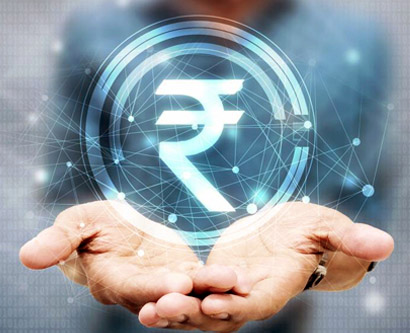Introduction to Indian Economy
Introduction to Indian Economy
The word ‘economics’ comes from the Greek word ‘oikos’ meaning ‘family, household, or estate’ and ‘nomos’ stands for ‘custom, law’. Probably the most cited definition of Economics is that it is ‘the study of man in the ordinary business of life’. It enquires how he gets his income and how he uses it. Thus, it is on the one side, the study of wealth and on the other and more important side, a part of study of man’ (Alfred Marshal in Principles of Economics [1890]).
» Since 2007-08, USA and European countries have been facing severe economic crisis, considered to be worst-ever economic crisis since the great depression of the 1930s. Slowdown of these economies caused some troubles for Indian economy initially, as it faced the problem of stagnation of demand especially, export demand. Realty and other sectors of the economy were also affected.
» This resulted in a slowdown of Indian economy and growth of GDP decelerated from an average of 8.8% between 2002-03 and 2007-08 to only 6.7% in 2008-09.
» Later, Indian economy showed signs of recovery and achieved 8.6% and 9.3% growth in 2009-10 and 2010-11 respectively. But growth rate once again slided down to only 6.2% in 2011-12 and 5.0% in 2012-13.
FACTS ON INDIAN ECONOMY
The basic characteristics of the Indian economy as developing economy are:
❖ Low per Capita Income : The per capita income of India during 2016-17 is Rs. 1,03,219.
❖ Occupational Pattern : A very high proportion of the working population is engaged in agriculture.
❖ Heavy Population Pressure : The main problem in India is the high level of birth rates. Rising population imposes greater burden on the economy and consequently leads to a slow growth of the country.
